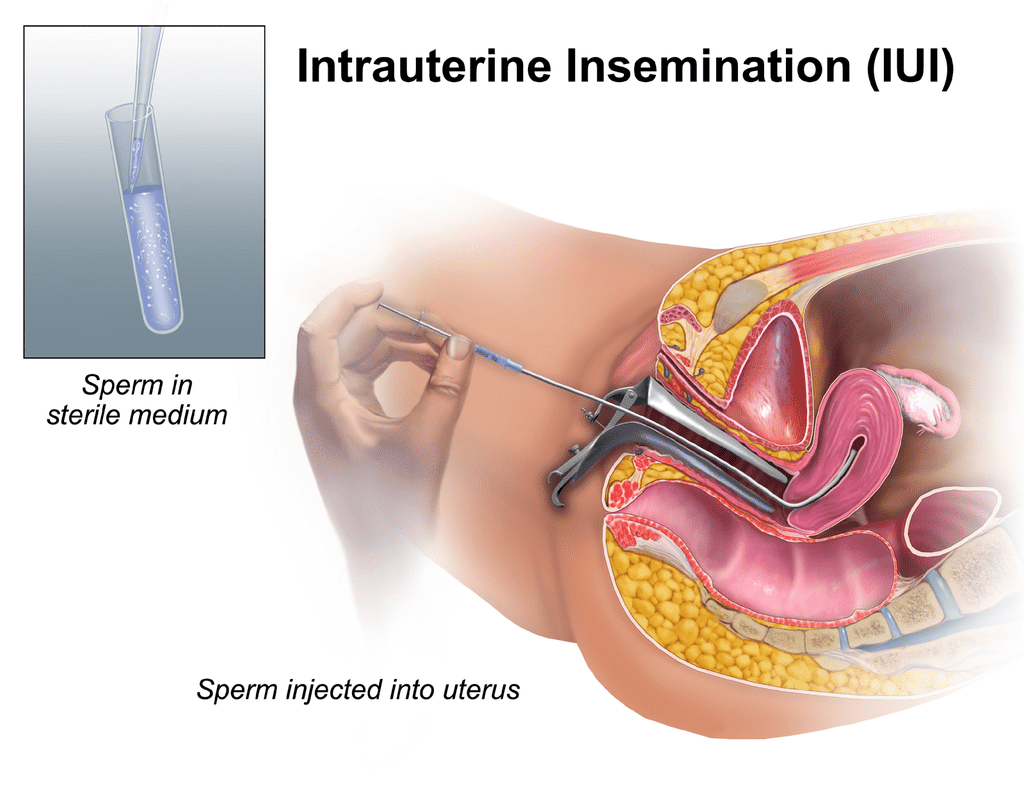Artificial insemination, or intrauterine insemination (IUI), involves putting washed and concentrated sperm directly inside the uterine cavity around the time that ovulation is expected. This is to increase your chances of fertilisation and pregnancy, and should be done for 3-6 times to maximize your chances of success.
Why is IUI needed?
IUI can be recommended in certain situations, including:
- Mild endometriosis
- Low sperm count/motility noted on semen analysis
- Issues with male erection or ejaculation
- Unexplained infertility
What tests are required before IUI?
You and your partner will be asked to do blood tests to check for communicable diseases such as HIV/syphilis/hepatitis prior.
As IUI requires your fallopian tubes to be in good working order (for the egg to meet the sperm), you will need to do a test for the patency of your tubes prior. This may be in the form of hysterosalpingogram (HSG) or laparoscopy.
What is the process like?
The process involves:
- Monitoring for ovulation: you will be asked to see your gynaecologist for ultrasound scan monitoring a few days before your expected ovulation date, to track your follicular development. For women who do not ovulate regularly, ovulation induction may be required. Once the follicle is sufficiently large/mature (i.e. 18-20mm), you may be given a hormone injection (hcg) to trigger your ovulation and the IUI date arranged (usually 36 hours later)
- On the day of the IUI, your partner provides a semen sample at the lab. The sample is processed to produce a small amount of highly concentrated, good quality sperm. If there is frozen sperm, that can be used as well.
- IUI procedure: You will be asked to lie down with your knees bent and legs slightly apart (similar to a Pap smear). A plastic speculum will be inserted into your vagina and a thin vial of your partner’s concentrated sperm is introduced through your cervix into your uterus and pushed in.
- You may go about your normal activities after the IUI. It is normal to have some discharge or spotting for a few days after your IUI.
- You may do a home pregnancy test in 2 weeks, or do so if your next period is late
What are the risks of IUI?
IUI is a fast and safe procedure. Risks are low and may include:
- Infection
- Multiple pregnancies e.g. twins
- Ovarian hyperstimulation syndrome (OHSS) if ovulation induction is used
I have not been successful with IUI. What’s next?
Depending on you and your partner’s condition and preferences, your gynaecologist may discuss proceeding on to in-vitro fertilisation (IVF) if you have attempted several rounds of IUI without getting pregnant.
Photo credit: BruceBlaus / Wikimedia Commons
